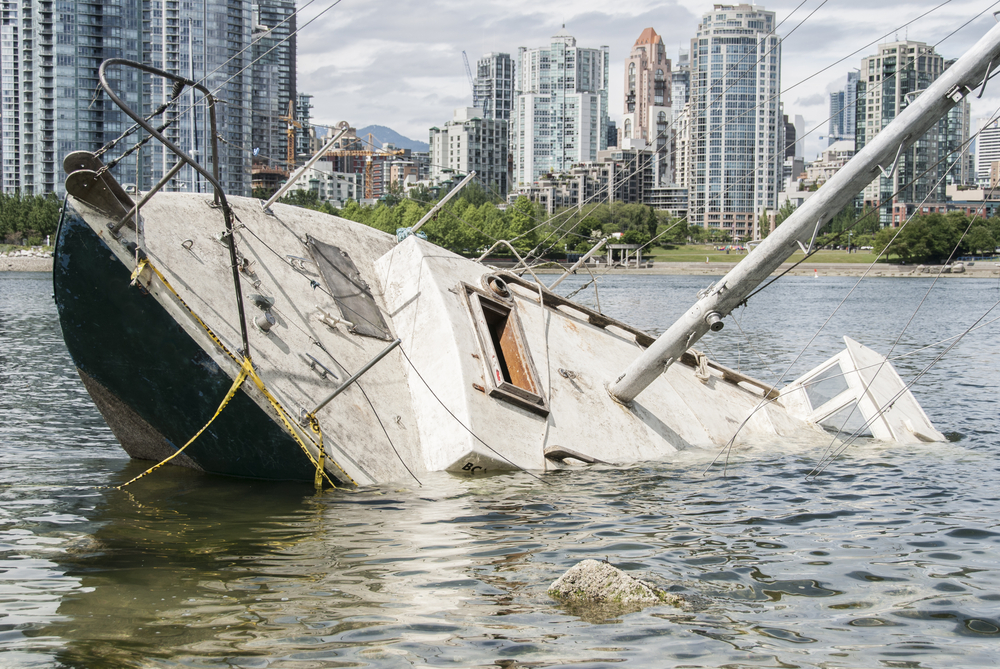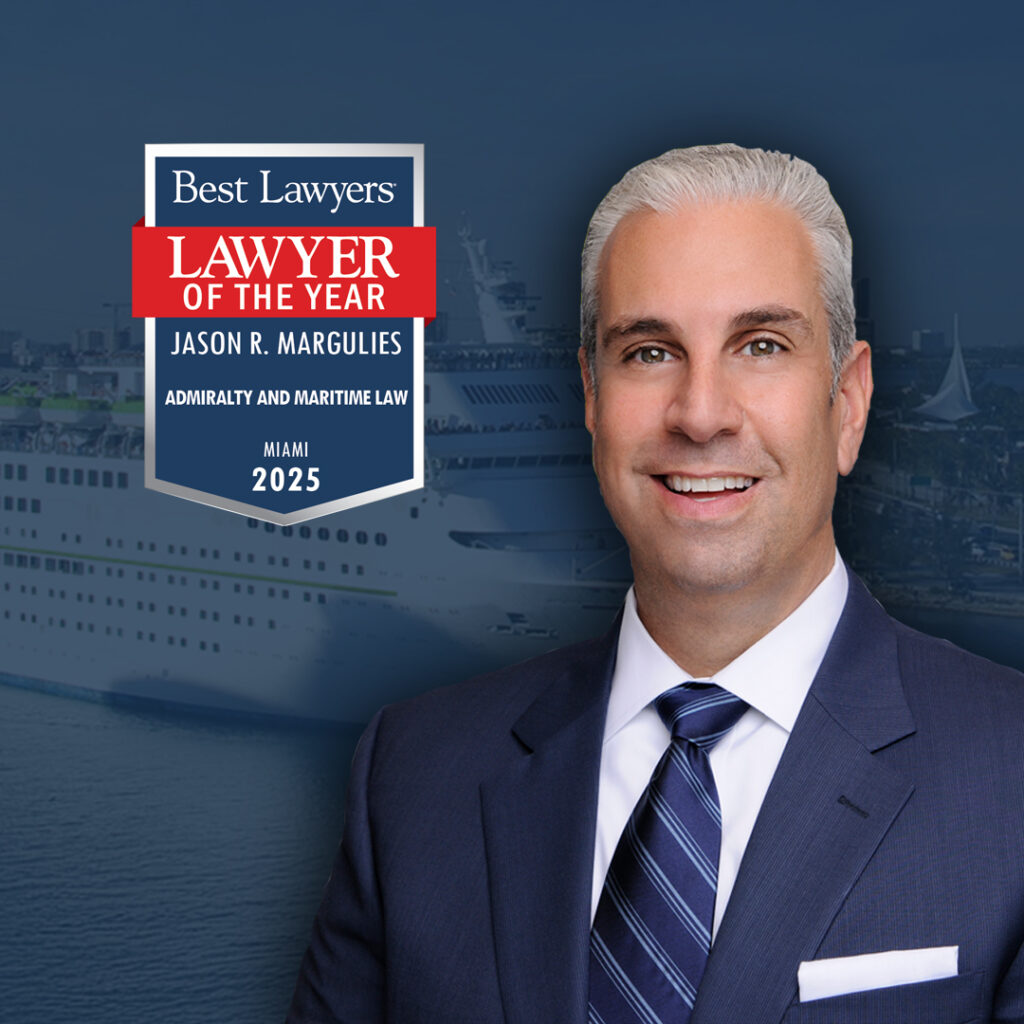
However, she also explained that none of the ship’s crew members did anything to help. She alleged that not one crew member even attempted to perform CPR or even offered assistance. She also alleged that it took around seven minutes for a medic and nurse to arrive on scene. When it comes to drowning accidents, every single second counts. A seven minute reaction time could mean the victim may have already suffered brain damage due to lack of oxygen circulating to the brain.
Seven minutes should have been zero minutes. There should have been trained lifeguards onboard, ready to assist immediately. But there weren’t. But how can that be!? Why wouldn’t all cruise lines carry lifeguards aboard their ships? The answer may surprise you.
Cruise lines don’t carry lifeguards because they are not required to carry lifeguards.
Hmm. So basically, unless and until someone actually “requires” the cruise lines to carry lifeguards, millions of U.S. passengers will be at risk.
Our cruise ship accident lawyers here at Lipcon, Margulies & Winkleman, P.A. have blogged time and time again about the lack of lifeguards onboard cruise ships and the overall lack of safety training within the cruise industry as a whole. Despite the fact that cruise ships are basically hotels floating in the middle of the ocean with no quick access to hospital-level care in the event of an emergency, there continues to be an alarming disregard for the safety of those onboard. In an industry that has been operating for over 100 years, it wasn’t until last September that the very first major cruise line, Disney, hired lifeguards.
We would hate to think that the reason for this is purely financial, because, after all, the cruise industry is a multibillion-dollar franchise, but it’s difficult for us to come up with any other legitimate excuse as to why every single cruise ship in the world does not have trained lifeguards onboard.
Aside from all the other technology available at the moment that can reduce or even prevent a serious accident from taking place on the high seas, hiring lifeguards is one of the easiest and least expensive ways to protect cruise passengers from harm.
Lifeguards are trained to notice even the most minute sign of trouble and can respond quickly to save a life. Statistics show that most drowning accidents happen in the vicinity of other people, and in just a blink of an eye.
They can also happen to anyone, not just children. Michael Ward, the 41-year-old 1985 MOVE Bombing survivor, died last year after drowning in a Carnival Cruise ship hot tub. This goes to show that anyone, regardless of age or ability to swim, can suffer a drowning accident.
Cruise ships are getting larger by the day, with a vast number of vessels now having the capacity to hold over 3,000 passengers. The larger the ship and the greater the number of passengers, the higher the chance that something can go wrong.
First of all, the fact remains that the cruise line crew-to-passenger ratio is extremely skewed. The Breakaway, for example, holds up to 4,500 passengers and has a crew of only 1,600. The fact that there are more passengers to look after than the crew can possibly handle is bad enough, but the fact that there is a huge lack of emergency training is even worse.
Aside from not having trained lifeguards onboard, cruise lines have reportedly failed to properly train crew members in the event of serious accidents. After the Costa Concordia crash, maritime authorities started looking into the practices and safety policies of all cruise lines in general with greater scrutiny, and they found that many of these crew members don’t even know how to swim – a factor which should be a requirement for working in a maritime job. Not everyone knows how to swim, but cruise lines can certainly create better and more comprehensive training programs for new crew hires.
There are basic requirements that must be met within the cruise industry as far as safety training and safety policies are concerned. However, a recent government report showed that the majority of cruise lines have yet to fully implement the provisions detailed in the Cruise Vessel Security and Safety Act (CVSSA), a maritime safety legislation that was launched FOUR YEARS AGO.
The report explains that of the 15 safety provisions outlined in the legislation, cruise lines have only implemented 11. Ironically, one of the provisions that has not been implemented is the one that calls for improved emergency training.
Drowning accidents are among the most tragic, especially because a cruise line – whose main focus is the seas and all things water-related – should take every precaution to avoid them. Yes, there are times when even if a lifeguard is present, fatalities may occur, but at least the cruise lines can rest easy knowing they acted with reasonable care to to prevent these terrible accidents, which in the end, is what the law requires.
It’s hard to give the cruise line’s any leeway because this wasn’t the first drowning accident to happen within the industry. In the previous nine months, three children have been involved in drowning and near-drowning accidents on cruise ships. Last October, a 6-year-old boy drowned in a Carnival Cruise Lines pool. The child was playing with his older brother in a mid-ship pool onboard the Carnival Victory when he suddenly went underwater. A few months prior to that tragedy, a 4-year-old boy nearly drowned while onboard a Disney ship. The boy survived, miraculously, but has suffered severe complications and may even have permanent brain damage.
We have to ask ourselves, how many more accidents will happen before even the most basic safety is taken seriously by the cruise industry? There is a very real chance that these drowning and near-drowning accidents could have been prevented and an even greater chance that these children could have been saved had lifeguards been present.
If Disney can hire lifeguards, , there should really be no reason why any other cruise line cannot hire lifeguards as well.
Aside from commenting on the drowning, the Breakaway passenger also alleged that most other passengers weren’t even aware that an accident had occurred.
“It was all just very hush-hush,” said Eastwood. “As soon as they pulled them away from the pool area and the security people were clearing them away, they opened the pools right back up.”
Cruise lines have been known to keep accidents – especially fatal ones – hidden from the public eye. They are able to do this because the majority of lines register their ships in foreign ports and fly foreign flags. This enables them to avoid U.S. maritime laws and procedures and allows them to only be held accountable by the governments whose flags they fly. Truth be told, these governments don’t have laws anywhere near as strict as those of the United States.
Despite a recent legislation introduced by NY Sen. John “Jay” Rockefeller, which calls for greater transparency within the cruise industry regarding accidents and crimes, it appears the practice is still going strong. Cruise passengers have a right to know what happens on the ships they are sailing on in order to better prepare themselves in case of an accident.
Several things appear to have gone wrong regarding the Norwegian Breakaway drownings. Hopefully it won’t just be another lesson learned. We sincerely hope that Norwegian will add lifeguards to their crew roster and realize that the vast majority of cruise ship accidents can be entirely prevented given the right amount of crew training and the proper adherence to maritime safety laws.
Published on February 18, 2014
Categories: Cruise Ship Injuries, Drowning Accidents, Maritime Wrongful Death, Norwegian Cruises
Get Free
Consultation










